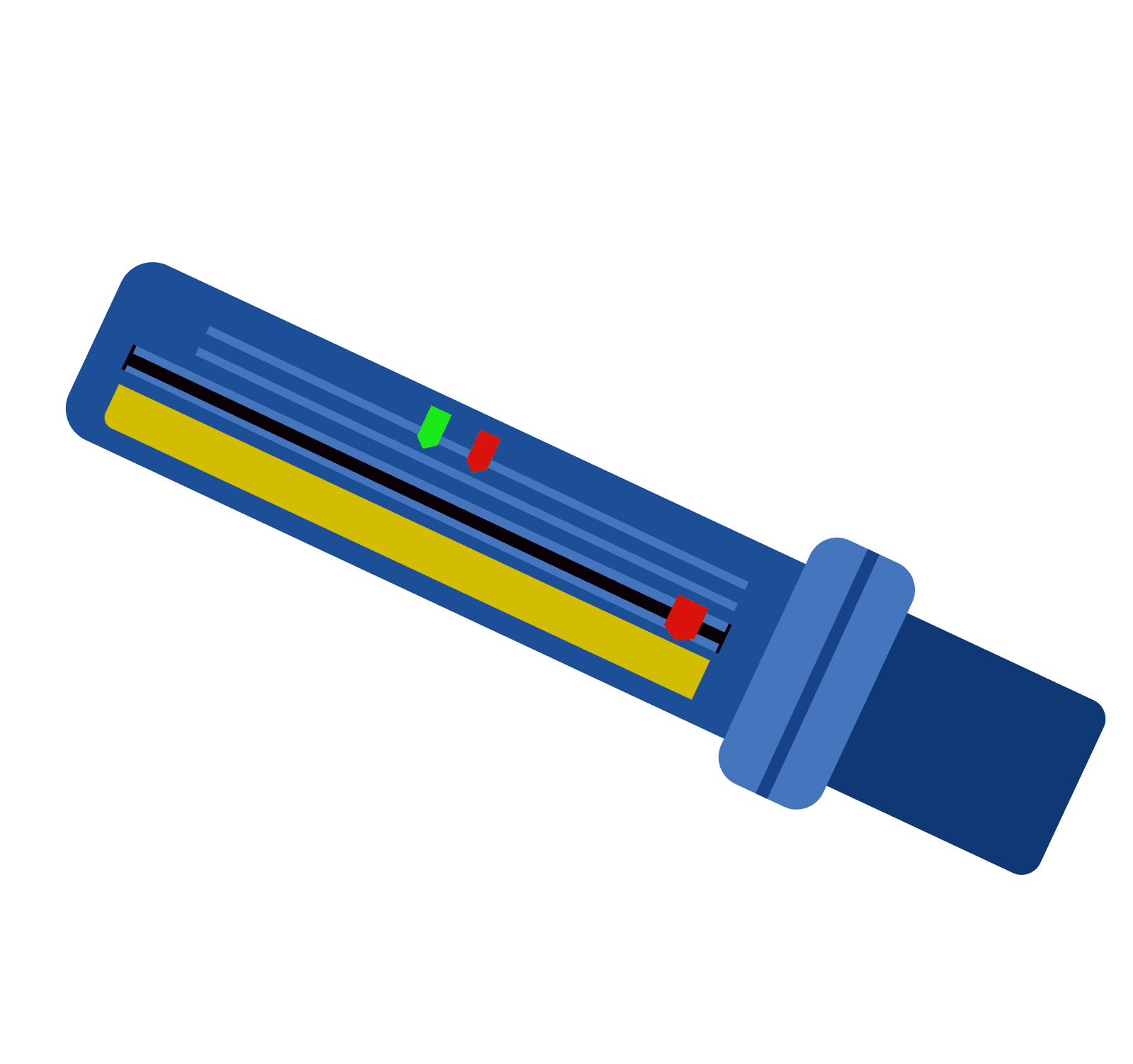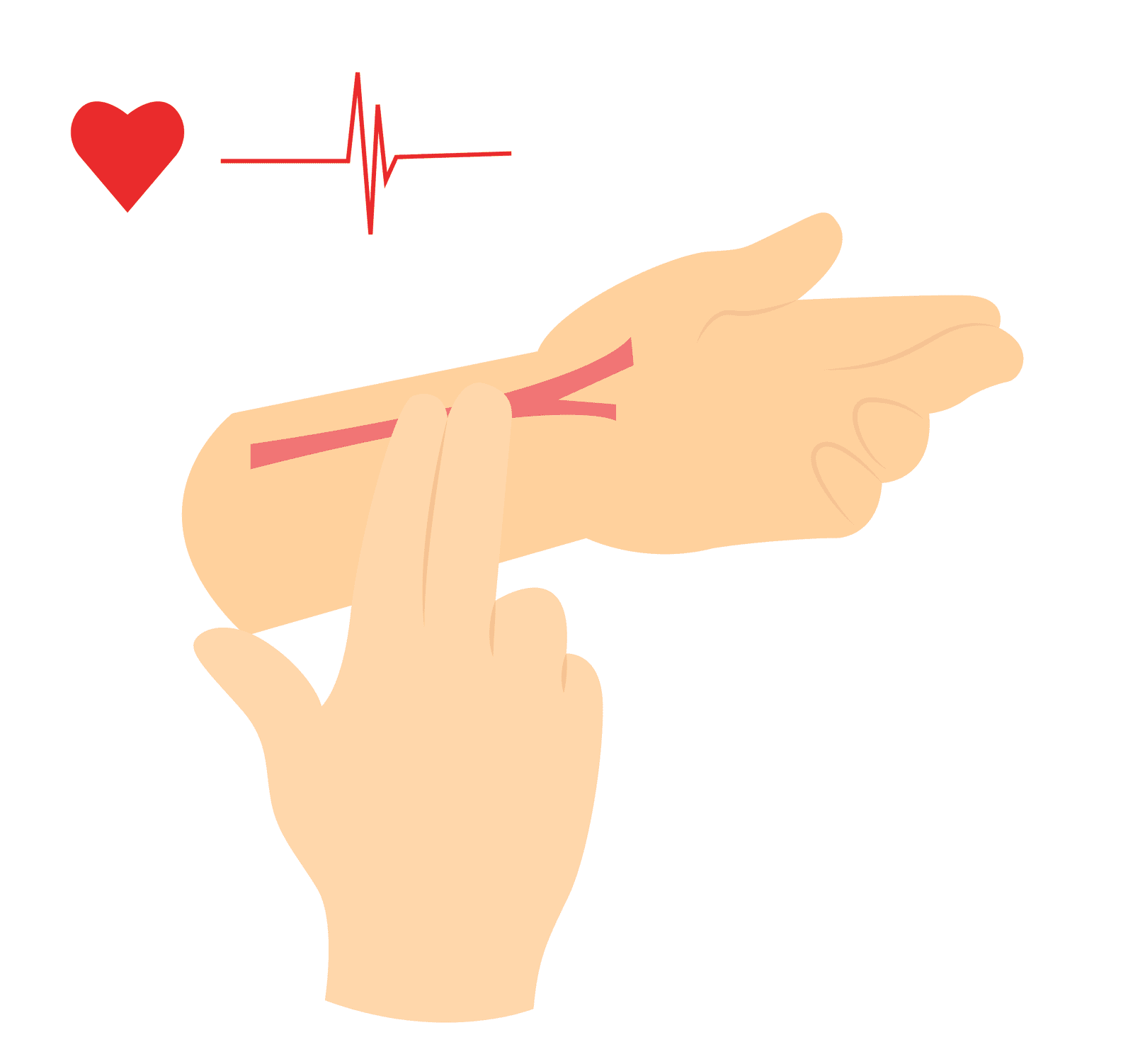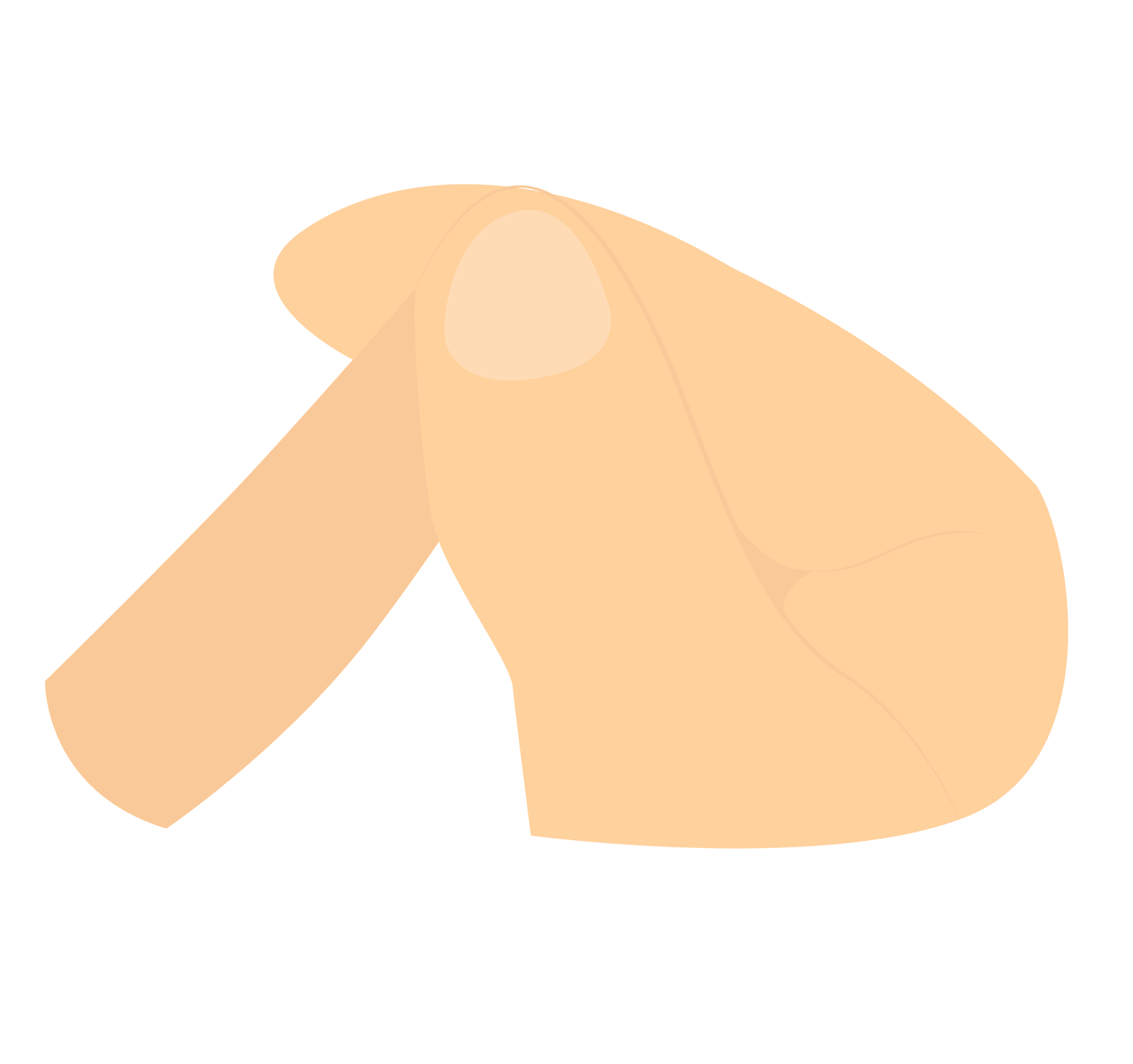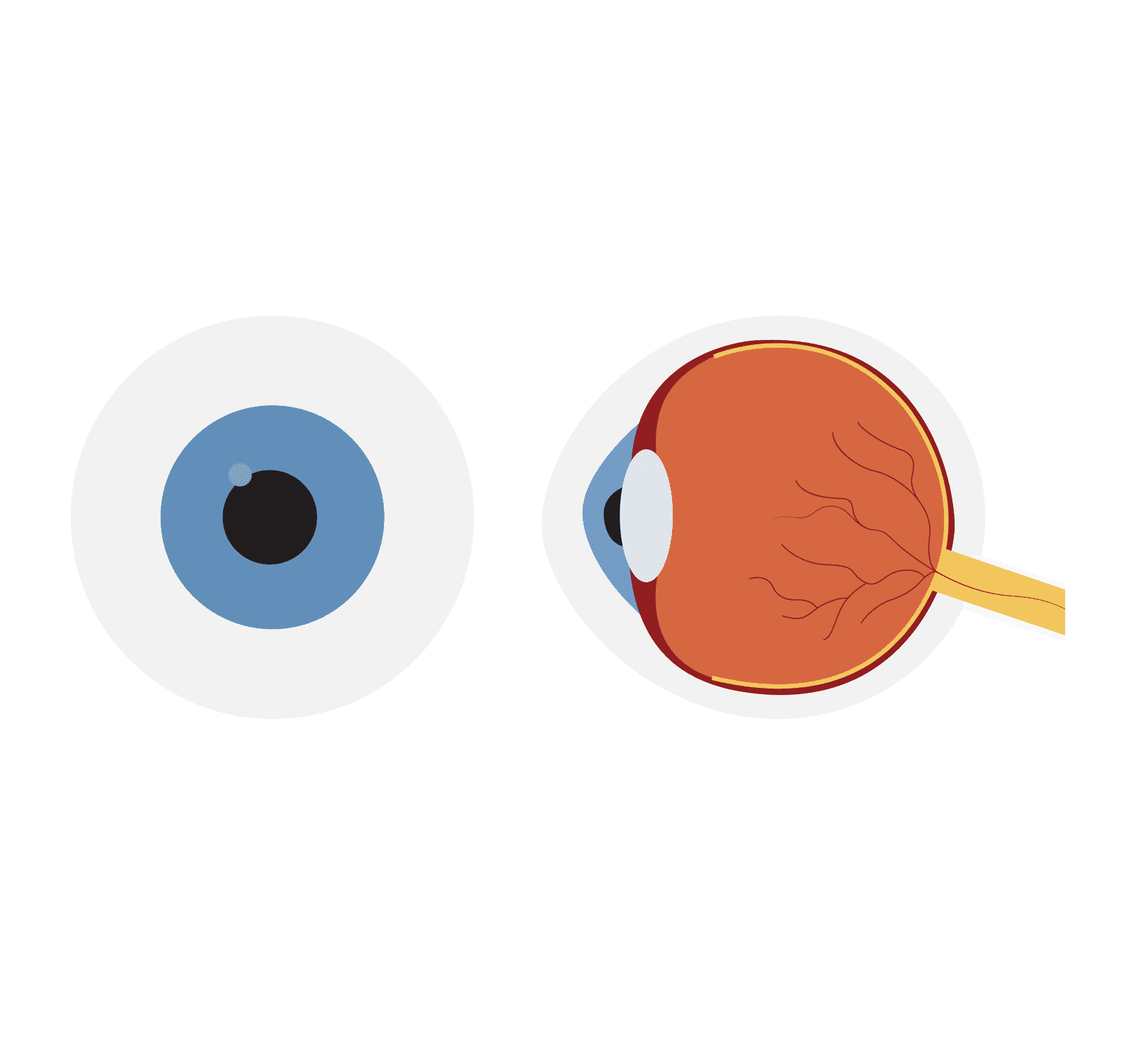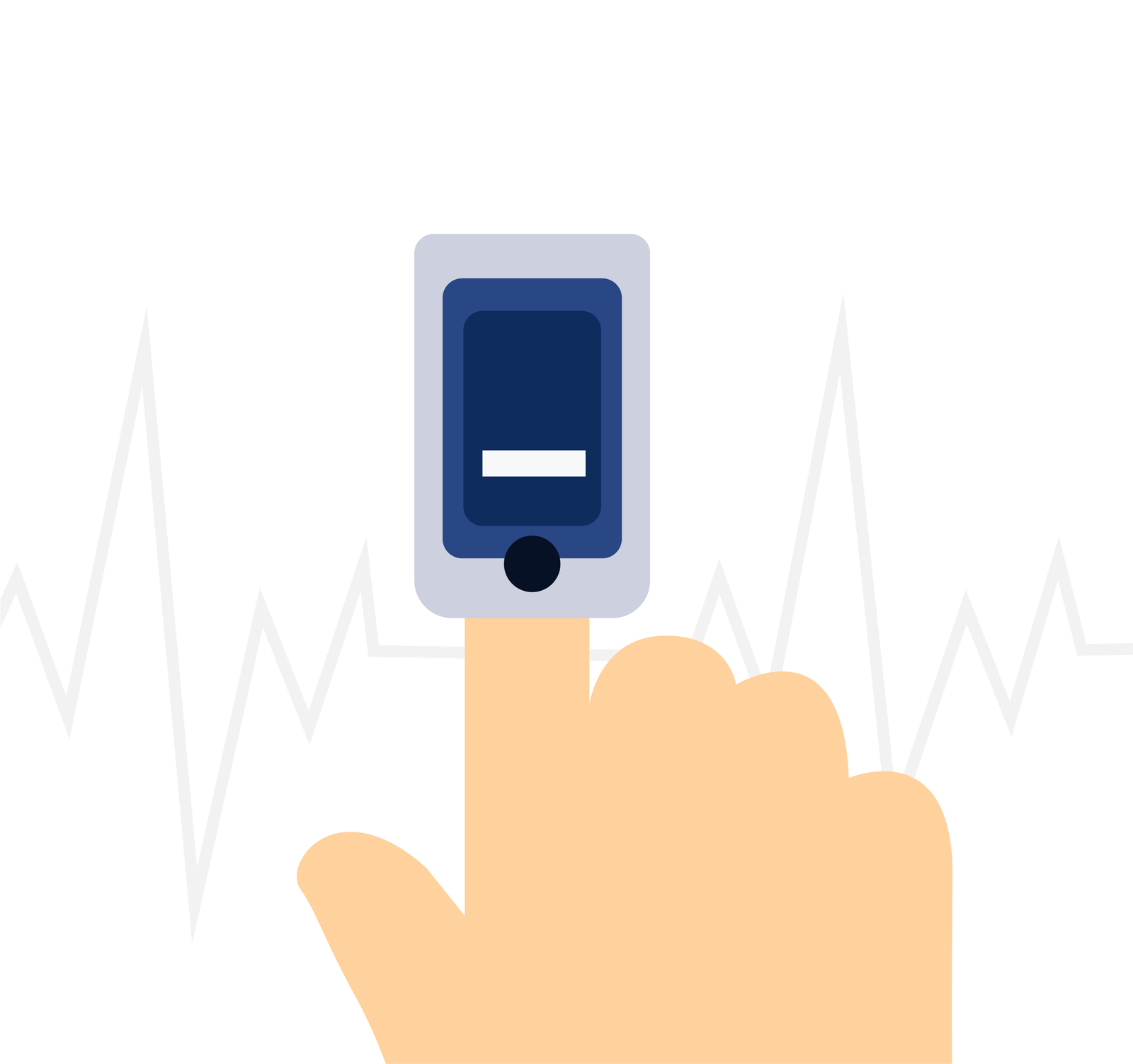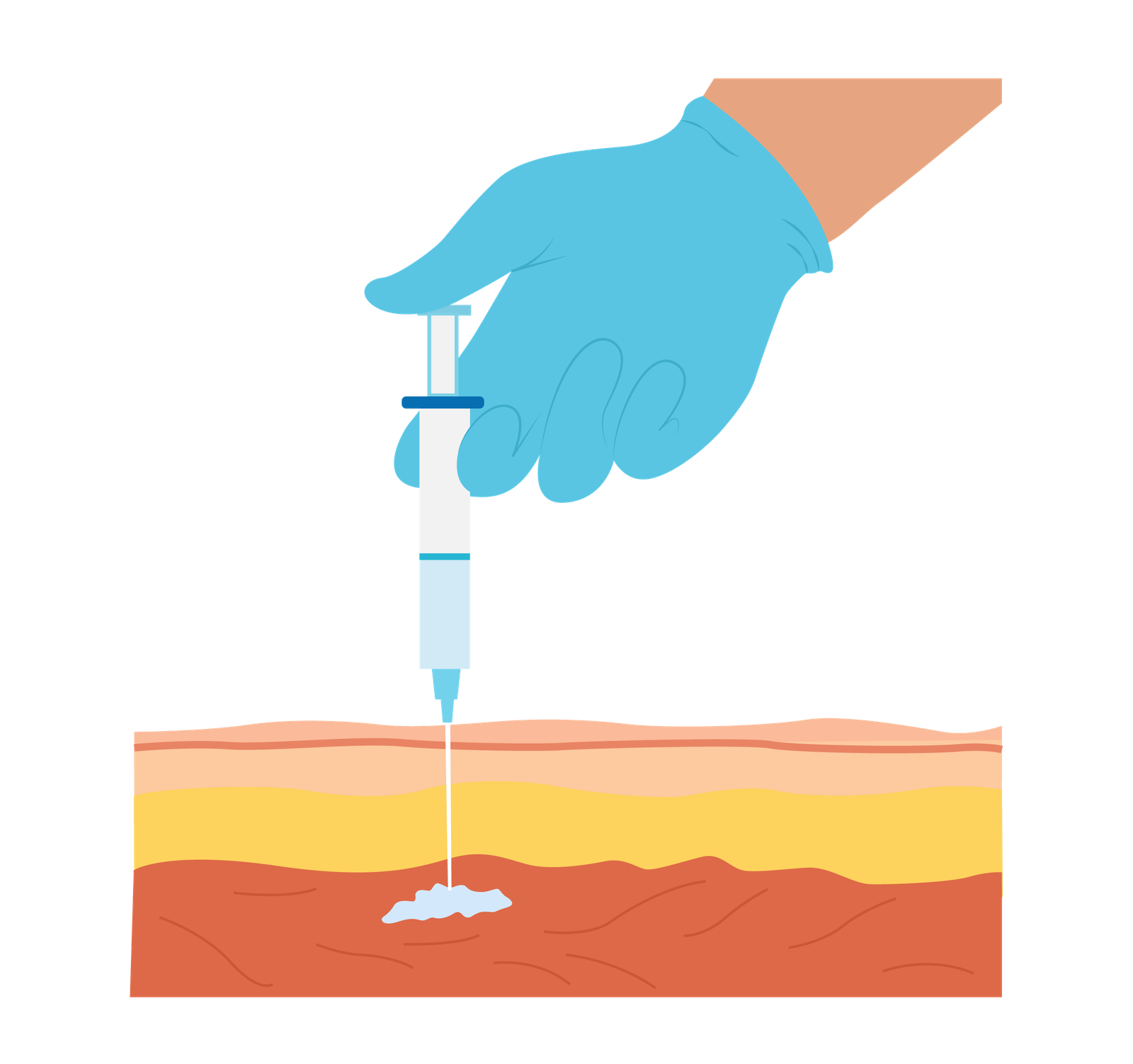Digoxin Effect
Digoxin Effect Introduction
Digoxin is a medication commonly used to treat various heart conditions, primarily heart failure and certain irregular heart rhythms like atrial fibrillation. It belongs to a class of drugs called cardiac glycosides.
Digoxin effects refers to several findings on an ECG and indicates that the patient is taking digoxin – the following ECG findings is not an indicator of digoxin toxicity.
Digoxin Effect On The Heart
Increased Contractility
Digoxin strengthens the force of heart muscle contractions. It does this by inhibiting the sodium-potassium pump in heart cells, leading to an increase in calcium levels within the cells. This elevated calcium helps the heart muscle contract more forcefully, improving the heart’s pumping action.
Slowing of Heart Rate
Digoxin can also slow down the heart rate, particularly in cases of atrial fibrillation. By affecting the electrical conduction in the heart, it can help regulate and control the heartbeat.
Reduction of Symptoms
By improving the heart’s pumping ability, digoxin helps reduce symptoms of heart failure, such as shortness of breath and fatigue.
Watch Digoxin Effect on ECGs…
Digoxin Effect – ECG Findings
Digoxin therapeutic dosages are usually associated with:
A distinctive downward-sloping ST segment
A short QT interval (< 350 ms)
Abnormal T waves (flattened, inverted, or biphasic)

ST Changes
Digoxin can cause a scooped appearance of the ST segment, mimicking ST segment depression. This effect is sometimes referred to as “reverse tick” or “scooped” or “Salvador Dali’s moustache” ST depression.

T Wave
A biphasic T wave with an initial negative deflection and a terminal positive deflection is the most prevalent type of T-wave abnormality.
The depressed ST segment usually coincides with the first portion of the T wave. The terminal positive deflection could have a prominent U wave superimposed on it, or it could be peaked.

Other ECG Changes
Increase PR interval may be present due to the effect of digoxin slowing down the conduction of electrical impulses through the atrioventricular (AV) node.
Prominent U Waves
J Point Depression
Slow Heart Rate
ECG Examples
Looking at rate & rhythm, it can be seen that it is irregularly irregular with lack of distinguishable P waves.
There is distinctive downward scooped ST segment most evident in Leads I, aVL and V4-V6.
Some T waves are also abnormal in Leads II and Lead III.
The findings from this ECG suggests AF and Digoxin Effect
Rate & rhythm is regular with P waves present.
ST depression can be seen in the anterior septal region (V1-V4) – this ST depression does not resemble classic digoxin downward scooping ST segment.
There are dominant R-Waves in lead V2-V3, with Q Waves also seen in aVL and Lead I.
The findings from this ECG suggests Posterior STEMI. To confirm this leads V4-V6 can be moved around to the back to V7-V9 position which would show ST elevation.
Conclusion
Digoxin can cause characteristic ECG changes such as PR interval prolongation, bradycardia, ST segment alterations, T-wave abnormalities, and various arrhythmias.
Key Points
-
Digoxin may cause changes in the ST segment, appearing scooped or mimicking ST segment depression.
-
It can result in T-wave alterations, such as flattening, inversion, or a biphasic appearance.
-
Despite its use to treat arrhythmias, digoxin can paradoxically cause them, resulting in various conduction disturbances observed on an ECG.

Bibliography
Djohan, A. H., Sia, C. H., Singh, D., Lin, W., Kong, W. K., & Poh, K. K. (2020). A myriad of electrocardiographic findings associated with digoxin use. Singapore medical journal, 61(1), 9–14. https://doi.org/10.11622/smedj.2020005
Joint Royal Colleges Ambulance Liaison Committee and Association of Ambulance Chief Executives (2022). JRCALC Clinical Guidelines 2022. Class Professional Publishing
Digoxin Effect Introduction
Digoxin is a medication commonly used to treat various heart conditions, primarily heart failure and certain irregular heart rhythms like atrial fibrillation. It belongs to a class of drugs called cardiac glycosides.
Digoxin effects refers to several findings on an ECG and indicates that the patient is taking digoxin – the following ECG findings is not an indicator of digoxin toxicity.
Digoxin Effect On The Heart
Increased Contractility
Digoxin strengthens the force of heart muscle contractions. It does this by inhibiting the sodium-potassium pump in heart cells, leading to an increase in calcium levels within the cells. This elevated calcium helps the heart muscle contract more forcefully, improving the heart’s pumping action.
Slowing of Heart Rate
Digoxin can also slow down the heart rate, particularly in cases of atrial fibrillation. By affecting the electrical conduction in the heart, it can help regulate and control the heartbeat.
Reduction of Symptoms
By improving the heart’s pumping ability, digoxin helps reduce symptoms of heart failure, such as shortness of breath and fatigue.
Digoxin Effect – ECG Findings
Digoxin therapeutic dosages are usually associated with:
A distinctive downward-sloping ST segment
A short QT interval (< 350 ms)
Abnormal T waves (flattened, inverted, or biphasic)

ST Changes
Digoxin can cause a scooped appearance of the ST segment, mimicking ST segment depression. This effect is sometimes referred to as “reverse tick” or “scooped” or “Salvador Dali’s moustache” ST depression.

T Wave
A biphasic T wave with an initial negative deflection and a terminal positive deflection is the most prevalent type of T-wave abnormality.
The depressed ST segment usually coincides with the first portion of the T wave. The terminal positive deflection could have a prominent U wave superimposed on it, or it could be peaked.

Other ECG Changes
Increase PR interval may be present due to the effect of digoxin slowing down the conduction of electrical impulses through the atrioventricular (AV) node.
Prominent U Waves
J Point Depression
Slow Heart Rate
ECG Examples
Looking at rate & rhythm, it can be seen that it is irregularly irregular with lack of distinguishable P waves.
There is distinctive downward scooped ST segment most evident in Leads I, aVL and V4-V6.
Some T waves are also abnormal in Leads II and Lead III.
The findings from this ECG suggests AF and Digoxin Effect
Rate & rhythm is regular with P waves present.
ST depression can be seen in the anterior septal region (V1-V4) – this ST depression does not resemble classic digoxin downward scooping ST segment.
There are dominant R-Waves in lead V2-V3, with Q Waves also seen in aVL and Lead I.
The findings from this ECG suggests Posterior STEMI. To confirm this leads V4-V6 can be moved around to the back to V7-V9 position which would show ST elevation.
Conclusion
Digoxin can cause characteristic ECG changes such as PR interval prolongation, bradycardia, ST segment alterations, T-wave abnormalities, and various arrhythmias.
Key Points
-
Digoxin may cause changes in the ST segment, appearing scooped or mimicking ST segment depression.
-
It can result in T-wave alterations, such as flattening, inversion, or a biphasic appearance.
-
Despite its use to treat arrhythmias, digoxin can paradoxically cause them, resulting in various conduction disturbances observed on an ECG.
Watch Digoxin Effect On ECGs

Bibliography
Djohan, A. H., Sia, C. H., Singh, D., Lin, W., Kong, W. K., & Poh, K. K. (2020). A myriad of electrocardiographic findings associated with digoxin use. Singapore medical journal, 61(1), 9–14. https://doi.org/10.11622/smedj.2020005
Joint Royal Colleges Ambulance Liaison Committee and Association of Ambulance Chief Executives (2022). JRCALC Clinical Guidelines 2022. Class Professional Publishing

